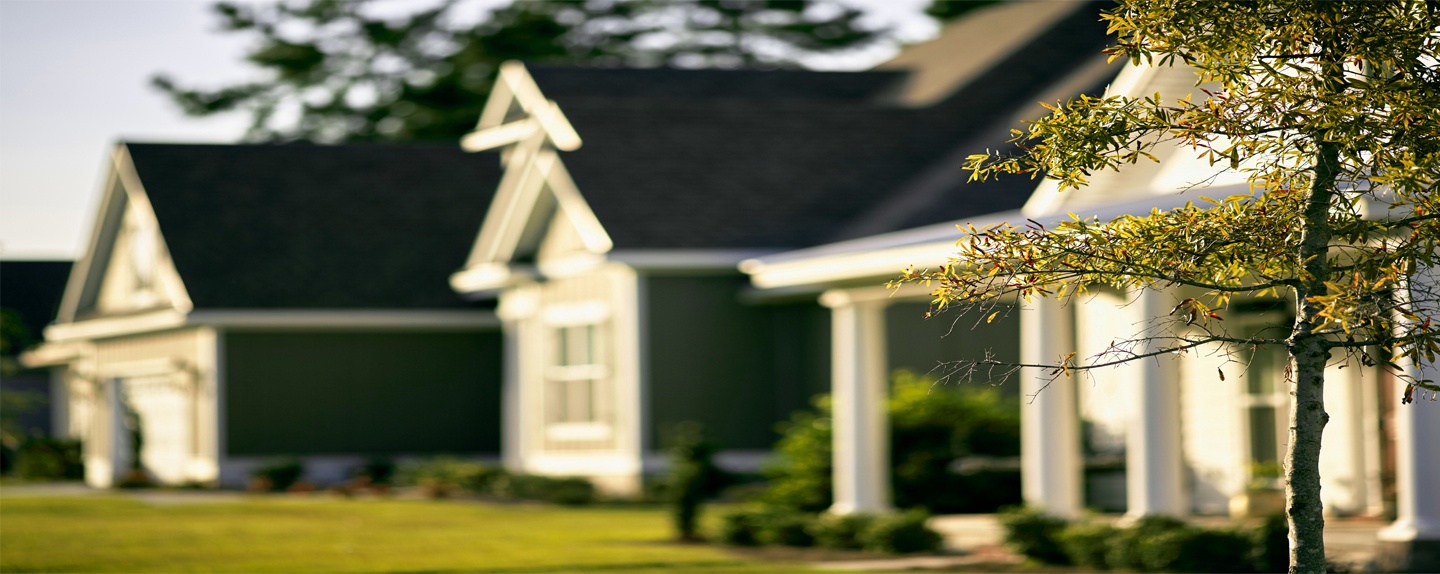Nutsedge plants are definitely an unwanted summer guest that can show up in your lawn here in the North Shore. While there are a couple of preventative measures you can take to help control nutsedge, many people don’t find themselves thinking about it until they already have an existing problem in their yard.
To get your lawn looking its best, there are some defensive and curative measures you can take to help fight off nutsedge in your lawn and improve its overall health before nutsedge becomes a major problem.
What Is It?
Nutsedge is a perennial weed that can spread across your lawn and is usually seen in a yellow-brownish or purple-brownish color. This is not like lawn weed grasses or broadleaf weeds that are affected by most weed killers.
This specific weed can grow quickly in its active months, outgrowing most of its surrounding area making it easy to be spotted. A key identifier to nutsedge is the triangular stems and spike flower clusters it has, along with leaves that branch out in three different directions in a light green or yellow color.
How It Grows
Nutsedge produces small bulb-like seeds that can grow about 8-14 inches under the lawn. Because these seeds can also grow above the soils surface, nutsedge is able to spread even further throughout the lawn. The roots can produce several hundred of these seeds during the active months.
It thrives in soil that has poor drainage, or is waterlogged. It can be commonly found and actively growing in lawns during the summer months and is able to live for a few years, which is why you may see it come back year after year.
Defend Against Nutsedge
This perennial weed can be difficult to get rid of, but there are preventive measures you can take to help control it. If you only have a few yellow nutsedge present you can try pulling them out by hand.
You can do your part to help defend against nutsedge by keeping your lawn at a good length. You want to make sure you aren’t cutting your grass too low and keeping grass blades around 3-3.5 inches. Mowing too low can give the sedge free range to take over.
You want a thicker, fertilized lawn so that there is less room for it to take over. Nutsedge tends to grow in soil that holds more water than normal over a long period of time. Because of this, you can aerate your lawn to help reduce soil compaction. This will help with any poor drainage problems your yard may have so the water is able to go in the soil more effectively.
If you wish to learn more about nutsedge and nutsedge control, click HERE.
Treatment
When the first frost of the season begins, nutsedge will die off on its own but it does continue to survive under the soil and will continue to grow and pop up in your lawn each year.
The most common approach to help get rid of nutsedge is to use a post-emergent herbicide. You will have to be patient while using herbicide though because it could take a couple of weeks to kill it off, and could even need multiple treatments to kill the weed completely.
If you decide to pull them out, make sure to treat it with a post-emergent herbicide first. Then be sure to get the entire root system. Getting the entire weed can prove to be difficult because some of the seeds will stay behind and then continue to grow, leaving you with the same problem every season. That’s why it’s important to treat and kill nutsedge down to the underground tubers before pulling it from the lawn.
If you're looking for more information on nutsedge or are simply ready to speak with someone about your lawn care needs, go to www.GrassmasterPlus.com or call 978-769-3595 for a free quote today!

